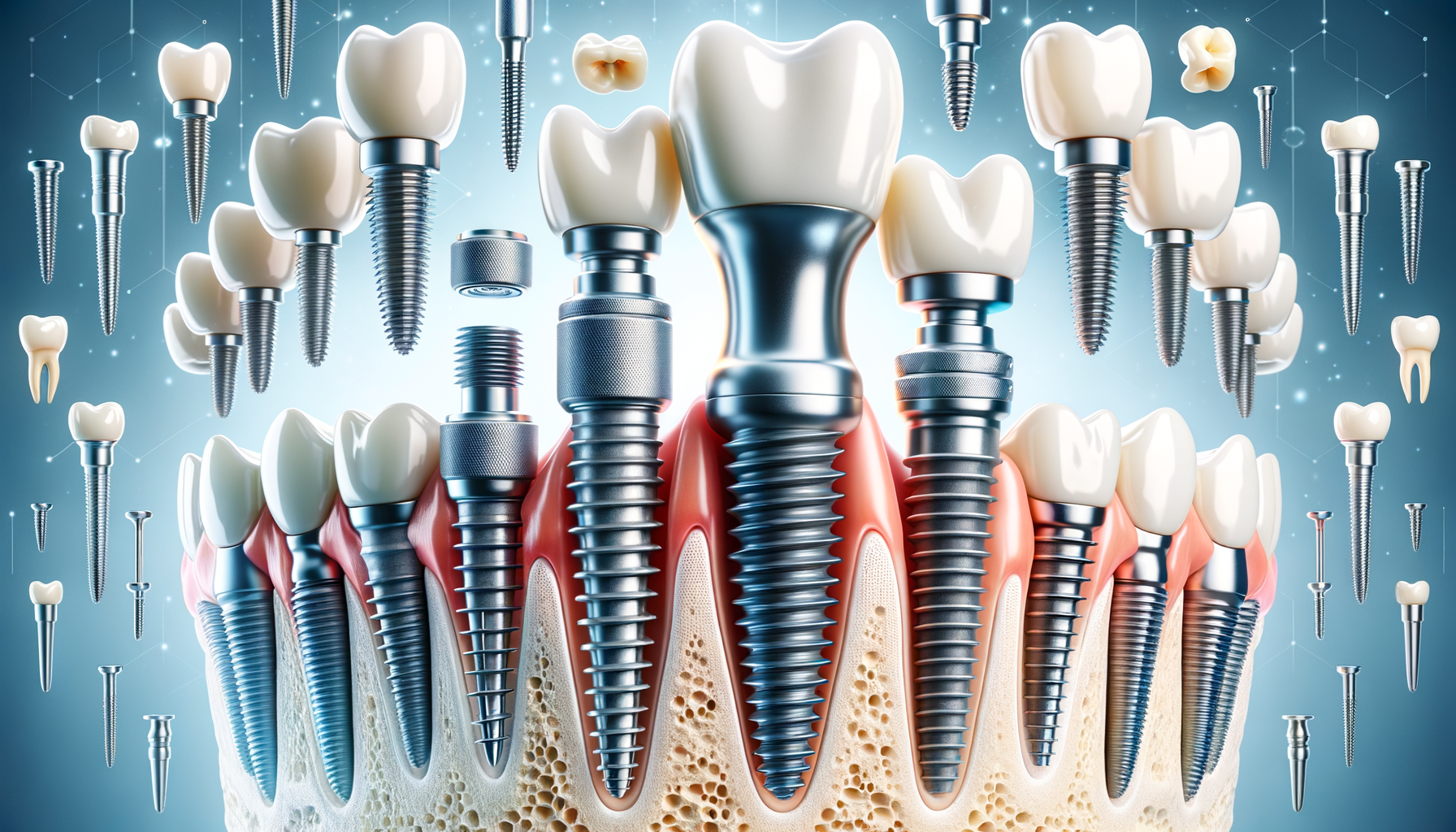The Evolution of Dental Implantology
Dental implantology has a rich history that dates back thousands of years. The journey from rudimentary attempts to modern-day precision showcases the remarkable advancements in dental science. Initially, ancient civilizations used materials like seashells and stones to replace missing teeth, often with limited success. Fast forward to the 20th century, and the field saw a significant transformation with the introduction of titanium implants. This metal’s unique property of osseointegration, where the bone fuses with the implant, revolutionized the practice. Today, dental implants are not just about functionality but also aesthetics, offering patients a natural look and feel. As technology continues to evolve, so does the potential for more advanced materials and techniques, promising even greater success rates and shorter recovery times.
Understanding the Dental Implant Procedure
The dental implant procedure is a meticulous process that involves several stages, each crucial for the success of the implant. Initially, a comprehensive assessment is conducted to evaluate the patient’s oral health and bone structure. This involves X-rays and sometimes 3D imaging to ensure precise planning. The procedure itself begins with the surgical placement of the implant into the jawbone, followed by a healing period known as osseointegration. During this time, the bone grows around the implant, securing it firmly in place. Once healed, an abutment is attached to the implant, serving as a connection for the crown. The final step is the placement of the crown, which is custom-made to match the patient’s natural teeth. This step-by-step approach ensures durability and functionality, making dental implants a reliable solution for tooth replacement.
Benefits and Considerations of Dental Implants
Dental implants offer numerous benefits that extend beyond mere aesthetics. They provide a permanent solution to tooth loss, helping to maintain jawbone integrity and prevent bone loss, which is common with missing teeth. Implants also improve oral health by allowing patients to maintain their natural teeth, unlike bridges that require adjoining teeth to be ground down. However, like any medical procedure, dental implants come with considerations. Patients must have sufficient bone density for successful implantation, and the process requires a commitment to good oral hygiene and regular dental visits. Additionally, while the initial cost may be higher than other tooth replacement options, the longevity and benefits often outweigh the investment in the long run.
Comparing Dental Implants with Other Tooth Replacement Options
When considering tooth replacement options, dental implants stand out for their durability and functionality. Unlike dentures, which can slip and cause discomfort, implants are anchored securely in the jawbone, providing stability and confidence in eating and speaking. Bridges, while effective, often require alteration of adjacent teeth, which can compromise their health over time. Implants, on the other hand, do not affect surrounding teeth. The longevity of implants also surpasses that of dentures and bridges, with proper care, they can last a lifetime. Patients seeking a long-term solution that closely mimics natural teeth often find implants to be the superior choice, despite the higher upfront cost.
The Future of Dental Implantology
The future of dental implantology is bright, with ongoing research and technological advancements paving the way for even more innovative solutions. One area of development is in the materials used for implants. Researchers are exploring biocompatible materials that encourage faster healing and integration. Digital dentistry is also making its mark, with 3D printing and computer-aided design (CAD) allowing for highly customized implants that fit perfectly. Additionally, regenerative medicine holds promise for growing bone in patients with insufficient bone density, expanding the pool of candidates eligible for implants. As these advancements continue to unfold, the potential for dental implants to improve lives grows exponentially, offering hope and solutions for those seeking to restore their smiles.








